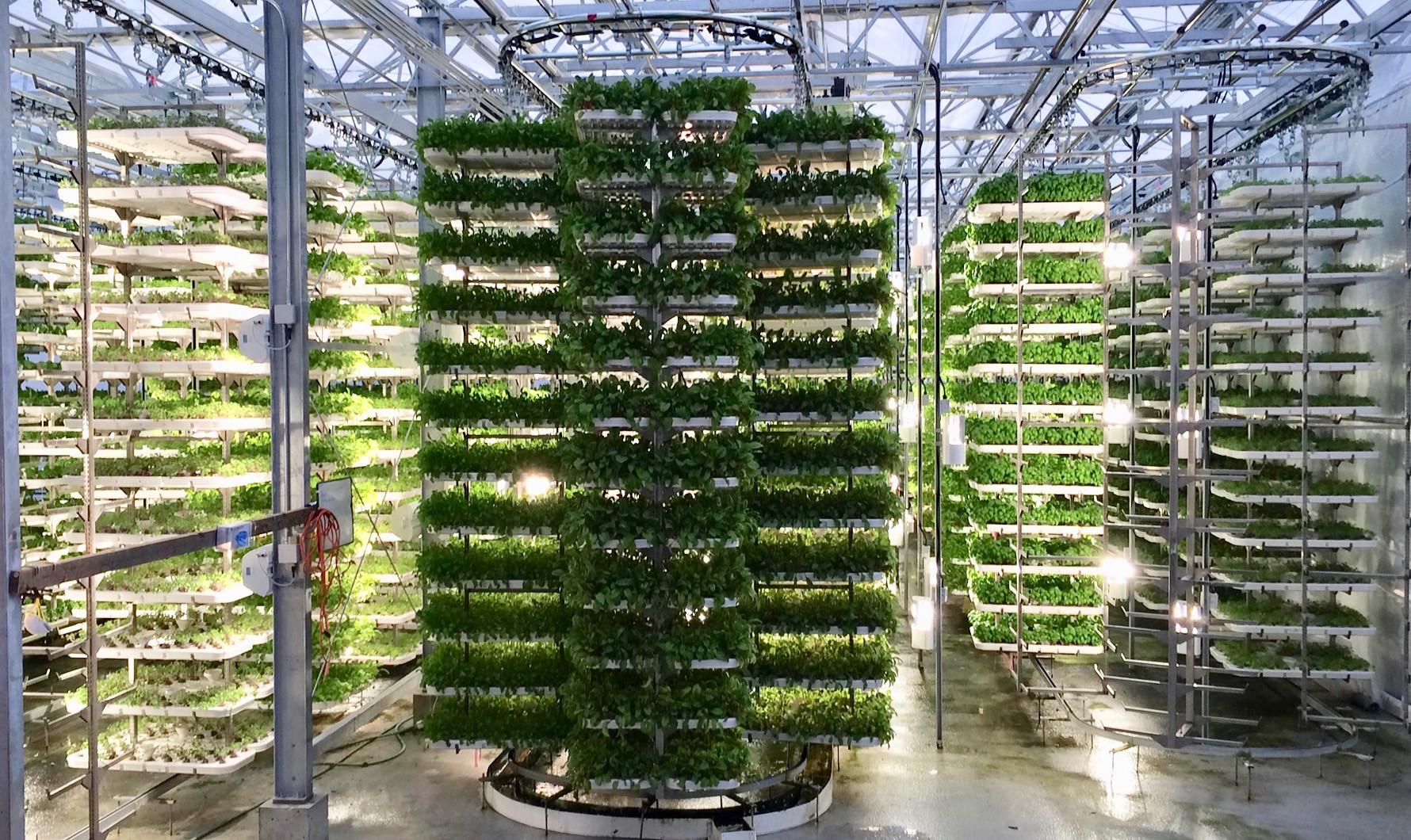Vertical farming is an innovative agricultural technique that utilizes tower structures, hydroponics, and controlled-environment agriculture to grow crops in compact vertical layers or inclined surfaces with optimum light, temperature, and nutrients. It allows year-round harvesting of crops irrespective of weather conditions. Vertical farming utilizes 95% less water as compared to conventional agriculture while maximizing food production per square foot. The closed-loop system of vertical farming ensures minimal water, soil, and environmental impact while delivering fresher produce to consumers. With growing concerns around climate change and shrinking arable land, vertical farming has emerged as a sustainable solution to enhance global food supply.
The global vertical farming market is estimated to be valued at US$ 16.19 Mn in 2023 and is expected to exhibit a CAGR of 4.9% over the forecast period 2024 to 2030, as highlighted in a new report published by Coherent Market Insights.
Market Dynamics:
The vertical farming market is projected to witness high growth owing to the growing need for eco-friendly agricultural practices across the globe. One of the key drivers for the market growth is the increasing demand for locally grown fruits and vegetables due to rising health awareness. As vertical farming utilizes a closed-loop production system with 95% less water than conventional agriculture, it ensures a year-round supply of fresh and chemical-free produce to local consumers, thus boosting the market.
SWOT Analysis
Strength: Vertical farming allows food to be produced locally, decreasing the transportation costs and environmental impact of long-distance shipping. It also facilitates year-round harvesting as crops can be grown inside, protected from weather extremes. Further, vertical farms use far less water than traditional agriculture as the water is recycled.
Weakness: Initial investment needed to set up vertical farms is quite high due to operation and maintenance costs of hydraulic, lighting, and climate control systems. Further, the yields per acre are lower than traditional agriculture due to multilayer stacking that limits plant growth.
Opportunity: Rapid urbanization is reducing availability of arable land for traditional farming. Vertical farms can help address this issue by utilizing vacant urban spaces. The growing demand for fresh and organic produce also presents an opportunity to cater to health-conscious consumers.
Threats: Disruptions in energy supply can hamper vertical farm operations that require continuous power. Pests and diseases may also spread quickly in closed systems. Further, alternative indoor farming technologies such as greenhouse farming offer competition.
Key Takeaways
The Global Vertical Farming Market Size is expected to witness high growth over the forecast period due to rising demand for fresh produce and limited arable land for conventional agriculture.
Regional analysis: Asia Pacific is witnessing rapid growth in vertical farming adoption. Countries like China, Japan, and Singapore are actively supporting urban farming projects to address the growing population's food demand. Successful commercial vertical farms in these nations growing leafy greens and herbs will encourage regional expansion.
Key players: Key players operating in the vertical farming market are BASF SE, Eastman Chemical Company, Shandong Acid Technology Co. Ltd, Gujarat Narmada Valley Fertilizers & Chemicals Limited, LUXI GROUP, Perstorp Holdings ABPOLIOLI SpA, PT Pupuk Kujang, Rashtriya Chemicals and Fertilizers Limited, and Wuhan Ruisunny Chemical Co. Ltd. These pioneers are investing in R&D to reduce costs through renewable energy integration and nutrient film technique based systems.
For More details on the topic:
https://www.insightprobing.com/vertical-farming-market-size-market-share-analysis/
Check more trending articles related to this topic:
https://captionssky.com/bunker-fuel-a-gateway-for-global-trade-but-hazard-for-environment/
